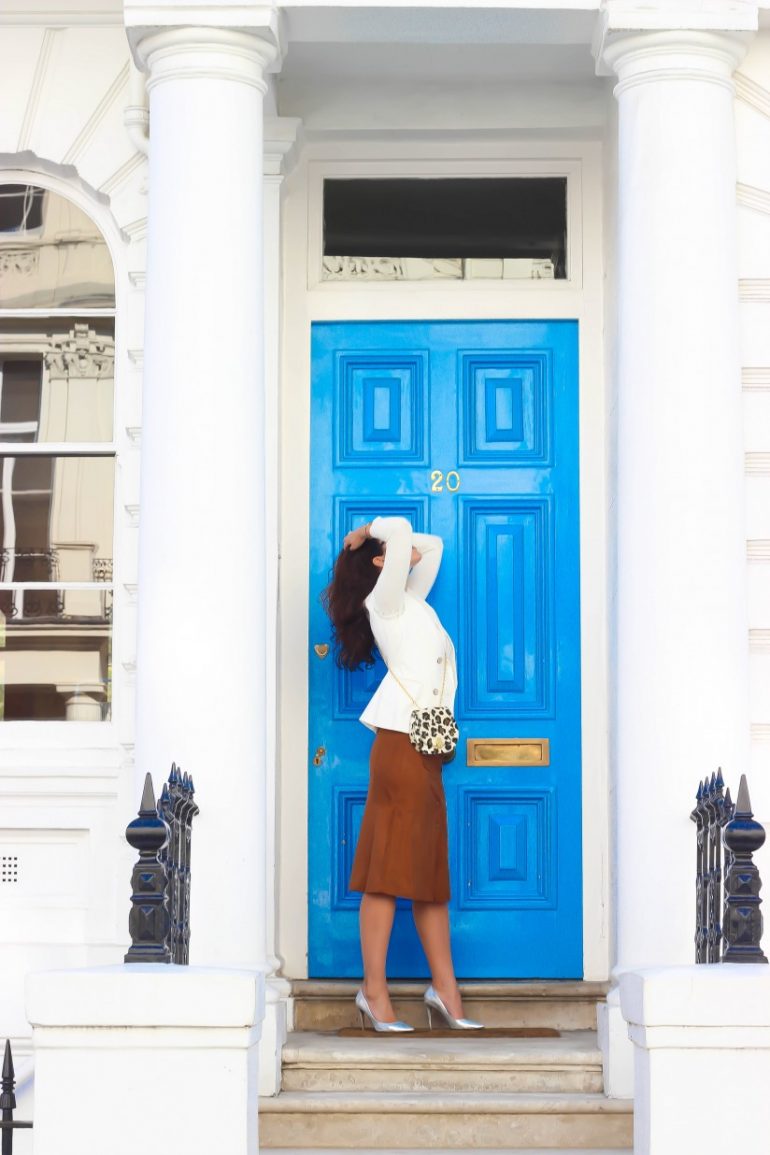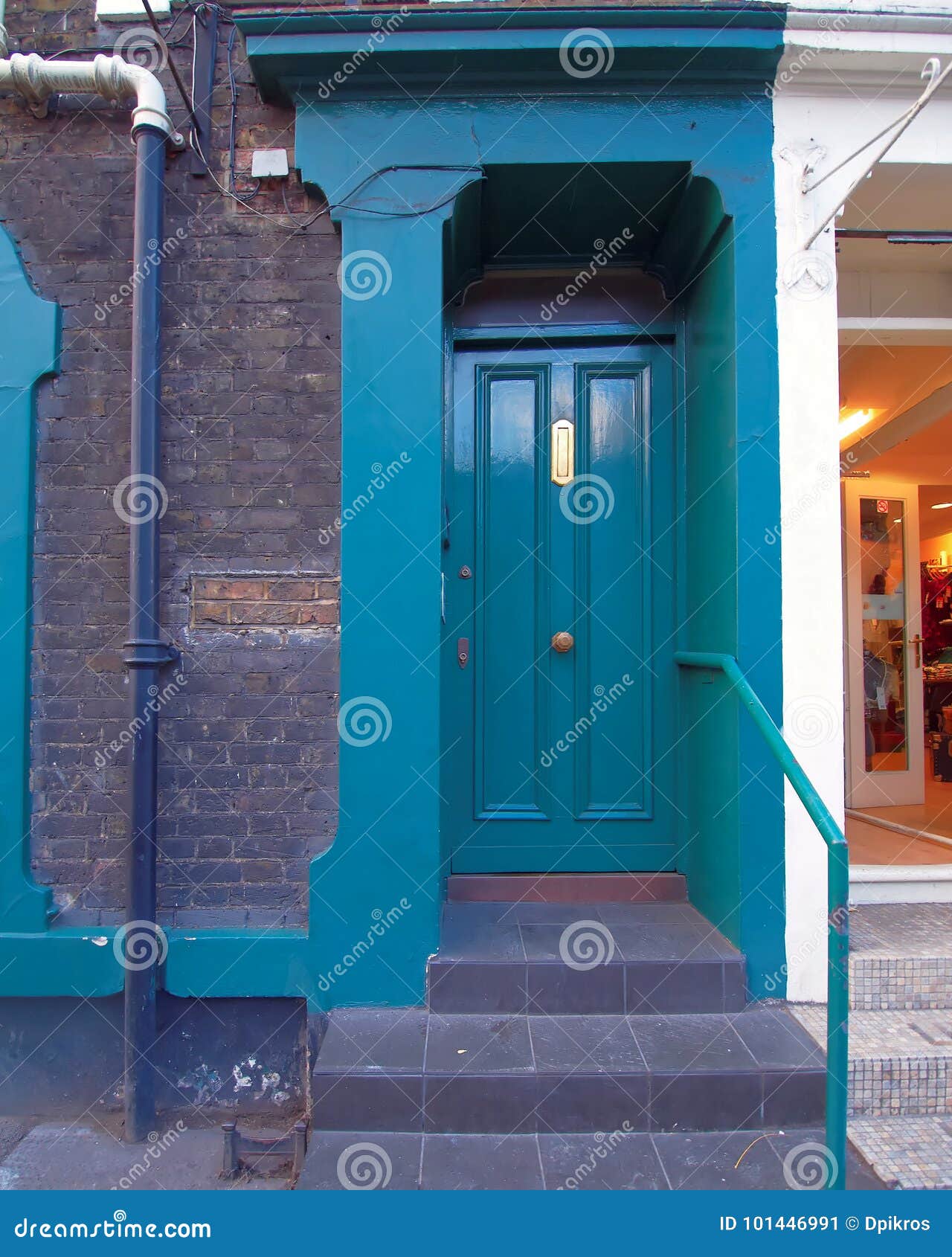Blue Door Notting Hill: A Captivating Exploration Of London's Iconic Landmark
Blue Door Notting Hill has captured the imagination of visitors and locals alike, becoming a symbol of London's rich cultural tapestry. Nestled in the heart of Notting Hill, this vibrant area offers a unique blend of history, art, and community spirit that continues to inspire. As you explore the streets surrounding the famous blue door, you'll discover a treasure trove of stories waiting to be uncovered.
The allure of Blue Door Notting Hill extends beyond its cinematic fame. This iconic landmark serves as a gateway to understanding the cultural significance of one of London's most vibrant neighborhoods. From its rich history to its modern-day charm, there's much to learn about this beloved destination.
Whether you're a film enthusiast, a history buff, or simply someone who appreciates the beauty of urban landscapes, this article will take you on a journey through the fascinating world of Blue Door Notting Hill. We'll delve into its origins, cultural significance, and the enduring legacy that continues to draw visitors from around the globe.
Read also:Addison Odea The Rising Star In The Entertainment Industry
Table of Contents
- The Fascinating History of Blue Door Notting Hill
- The Role of Notting Hill Film in Popularizing the Blue Door
- Exact Location and Accessibility
- Architectural Features of Blue Door Notting Hill
- Exploring the Notting Hill Neighborhood
- Cultural Significance of the Blue Door
- Tips for Visiting Blue Door Notting Hill
- The Impact on Tourism in Notting Hill
- Efforts to Preserve the Blue Door's Legacy
- The Future of Blue Door Notting Hill
The Fascinating History of Blue Door Notting Hill
The story of Blue Door Notting Hill dates back to the early 19th century when the area began to develop as a residential neighborhood. The distinctive blue door, located on Portobello Road, stands as a testament to the area's rich architectural heritage. Over the years, this iconic landmark has witnessed the evolution of Notting Hill from a quiet suburb to one of London's most vibrant cultural hubs.
Origins and Early Development
Notting Hill's development can be traced back to the 1830s when the area was first established as a residential district. The blue door, originally part of a row of terraced houses, reflects the Georgian architectural style that was prevalent during this period. Its vibrant color, which became a defining feature, was likely added during the Victorian era as a way to distinguish it from neighboring properties.
Key historical milestones include:
- 1830s: Establishment of Notting Hill as a residential area
- 1850s: Introduction of distinctive blue paint
- 1960s: Emergence as a cultural hotspot
The Role of Notting Hill Film in Popularizing the Blue Door
The 1999 romantic comedy "Notting Hill," starring Julia Roberts and Hugh Grant, brought international attention to the area and its iconic blue door. The film's portrayal of a charming bookshop owner and a Hollywood star falling in love against the backdrop of Notting Hill's picturesque streets resonated with audiences worldwide.
Impact on Tourism
Following the film's release, visitor numbers to the area surged significantly. According to Visit London, the number of tourists visiting Notting Hill increased by 30% in the year following the movie's release. The blue door, featured prominently in several key scenes, became a must-see attraction for fans of the film.
Exact Location and Accessibility
The famous Blue Door Notting Hill is located at 280 Portobello Road, London W10 5RA. This prime location places it within walking distance of several other notable landmarks, including the Portobello Road Market and the Notting Hill Carnival grounds.
Read also:Milk And Honey A Raw Unfiltered Journey Of Love Loss And Identity
Getting There
- By Tube: The nearest stations are Ladbroke Grove (Circle and Hammersmith & City lines) and Notting Hill (Central line)
- By Bus: Routes 27, 39, 72, 94, and 322 all serve the area
- By Car: Ample parking is available in nearby pay-and-display lots
Architectural Features of Blue Door Notting Hill
The blue door itself is part of a larger terraced house that exemplifies the Georgian architectural style. Key features include:
- Classic symmetrical design
- Decorative ironwork on the railings
- Original sash windows
These architectural elements contribute to the door's enduring appeal and have helped it become an iconic symbol of the area.
Exploring the Notting Hill Neighborhood
Notting Hill offers much more than just the famous blue door. The area is renowned for its vibrant cultural scene, diverse community, and numerous attractions. Key highlights include:
- Portobello Road Market: One of London's largest antiques markets
- Notting Hill Carnival: Europe's largest street festival
- Westbourne Grove: A charming shopping street with boutique stores
Cultural Diversity
Notting Hill's cultural diversity is one of its defining characteristics. The area's population includes significant Caribbean, African, and European communities, each contributing to its rich cultural tapestry.
Cultural Significance of the Blue Door
For many, the Blue Door Notting Hill represents more than just a physical landmark. It symbolizes the area's enduring appeal and its ability to bring people together. The door has become a focal point for community events and celebrations, reinforcing its importance in local culture.
Community Engagement
Local initiatives such as the annual Blue Door Festival celebrate the area's heritage and encourage community participation. These events help preserve the door's significance while fostering a sense of belonging among residents and visitors alike.
Tips for Visiting Blue Door Notting Hill
To make the most of your visit, consider the following tips:
- Visit during weekdays to avoid crowds
- Explore the surrounding streets for additional photo opportunities
- Respect local residents' privacy when taking photographs
Photography Guidelines
While photographing the blue door is encouraged, it's important to be mindful of local residents' privacy. Always ask permission before taking pictures of people or private property.
The Impact on Tourism in Notting Hill
The popularity of Blue Door Notting Hill has had a significant impact on the local tourism industry. According to a 2022 report by the London Tourism Board, the area attracts approximately 1.2 million visitors annually, generating an estimated £50 million in revenue for local businesses.
Supporting Local Economy
Visitors are encouraged to support local businesses by dining at neighborhood restaurants, shopping at independent stores, and participating in community events. This helps ensure the continued vitality of the area while preserving its unique character.
Efforts to Preserve the Blue Door's Legacy
Recognizing the importance of the Blue Door Notting Hill, local authorities and community organizations have implemented several preservation initiatives. These include:
- Designating the area as a conservation zone
- Implementing strict guidelines for property renovations
- Hosting educational programs about the door's history
Community Involvement
Local residents play a crucial role in preserving the blue door's legacy through volunteer work and advocacy efforts. Their dedication ensures that this iconic landmark continues to inspire future generations.
The Future of Blue Door Notting Hill
As Notting Hill continues to evolve, the Blue Door remains a constant reminder of the area's rich history and cultural significance. Future developments will focus on balancing modernization with preservation, ensuring that this beloved landmark retains its charm for years to come.
Ongoing Projects
Current initiatives include:
- Restoration of neighboring properties
- Expansion of cultural programming
- Enhancements to public spaces
Conclusion
In conclusion, Blue Door Notting Hill represents much more than just an iconic landmark. It embodies the spirit of a vibrant community and serves as a testament to the area's rich cultural heritage. From its fascinating history to its enduring legacy, this beloved destination continues to captivate visitors from around the globe.
We invite you to explore the wonders of Blue Door Notting Hill and discover the magic that makes it such a special place. Please share your thoughts in the comments below or explore other articles on our site to learn more about London's hidden gems. Together, let's celebrate the beauty and diversity of this remarkable neighborhood.


